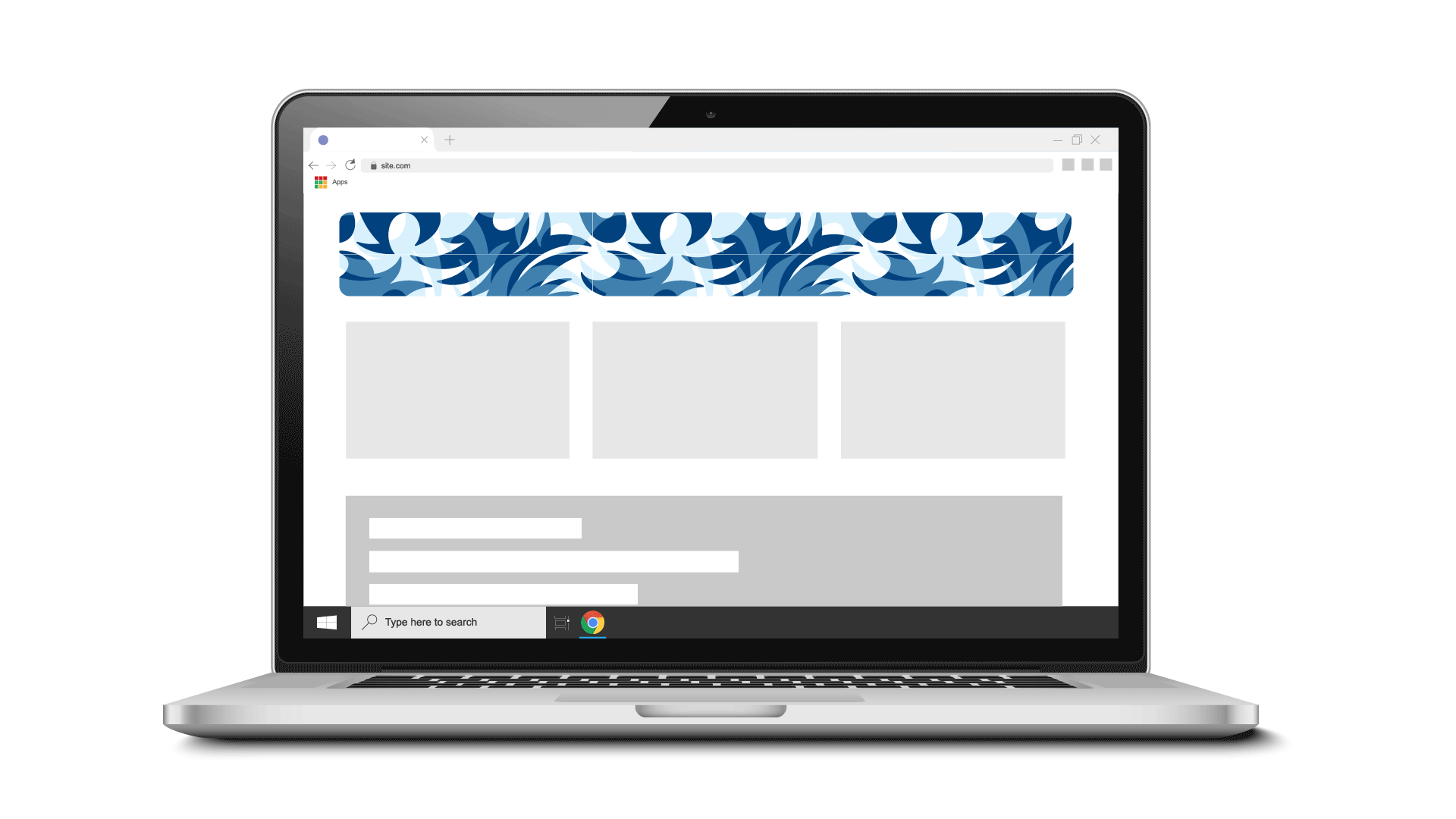Non-intrusive ads: 5 rules & 5 ideas
 Nina Suwaj
Nina Suwaj
Where can we find ads now? Almost everywhere, especially on the Internet. Yet still, there’s a vast need for marketing activities. No wonder that we live in the ad fatigue era because consumers are tired and annoyed of seeing too much and too irrelevant commercials. Campaigns not only become ineffective but also create a negative user experience while the goal of marketing is precisely the opposite.
In the survey provided by Adblock, the significant numbers prove the thesis established before. Adblock usage grew 30% globally in 2016. People feel overwhelmed by ads which „attack” them at almost every website and social media channels. Adblocking systems come for a rescue, even on mobile devices.
77% of American Adblock users are willing to view some of the advertising formats - the ones which are relevant to them and on the websites, which they love. Therefore, loyal consumers are willing to support valuable content providers - they’ve become more conscious about how does it work, so they know how essential ads are for publishers.
On the other hand, ads are the only way to keep some web pages and social networks free. Nevertheless, they’re not going to bring any success if they’re going to annoy consumers.
If you haven’t thought about it before - now is the time to get the new approach while planning a marketing strategy for your brand!
5 rules of non-intrusive ads
There are a few rules that can help you keep consumers attention and let your brand to be noticed! Every one of them is totally understandable from the consumer point of view. If you’ll get this way of thinking it would be easier to design a better user experience when it comes to ads.
Consider timing
Try to imagine what’s your consumers’ day schedule. When is it a good time to present them your ads? When they’ll have enough time for reading your article or shopping in your e-commerce? If it’s an ad related to business matters you can send a campaign in the morning so that recipients can get familiar with it at work. If it concerns entertainment - it’s better to try to attract potential clients in the afternoon or weekends. If you go global - take time zones under consideration. There’s no point of displaying even the best ads if it’s not good timing, because it’s only going to interrupt other activities.
Show relevant ads
For the most, adverts should be suitable for recipients. Therefore, you’re closer to achieve your business goals, because what’s the point of displaying ads to people not interested in your products and services? Moreover, today personalization truly matters. For example, it’s getting very annoying when one sees an ad of shoes he has already bought. Instead of that, he should be receiving messages concerning items that match with those shoes.
Don’t mislead
We all know that controversial titles and ads can be clickable and effective (might seem at the beginning). Nevertheless, remember to create campaigns that reflect the content, which is hidden behind it. Otherwise, visitors can feel fooled and won’t click next time.
Choose suitable channels
Consider what is the best platform to reach your audience. For example, for business purposes - use LinkedIn; to get to journalists - try Twitter; to advertise an online store - Instagram can be the best choice. But don’t focus only on social media.
How about using e-mail marketing and web push notifications? Marketing automation can bring you success because it drives personalised user experience.
Don’t spam!
Even the best campaign with excellent content can become intrusive if it attacks recipients too often and on every channel. Once again, try to look at this from a consumer’s point of view. How many times do you want to see the same information? How fast you get bored of similar ads? How irritating is to see one creation in an e-mail, on social media platforms, and other websites?
How to fight with banner blindness?
Intrusive ads become invisible, and because of such practice people use adblocking systems and avoid marketing channels when they can. Very often they unsubscribe from newsletters and don’t want to receive notifications. You have to prove them wrong when it comes to your campaigns, which is a twice that hard job. Nevertheless, it’s worth trying.
Native advertising
Also known as sponsored content. It’s a type of ad that matches with the content on the website with a form and function. For example, on the tech news platform, a startup can buy a native ad which is an article about the usage of Artificial Intelligence in the wearable devices. There can be few examples, and one of them would be the product of the brand who’s sponsoring the text.
There always should be information that the article is sponsored, so there’s transparency. Such content needs to be valuable for consumers and suitable for the website. Choose only publishers which audience is also your audience. Therefore, you can reach your targeted group and present an ad without making a negative connotation to your brand. Such a subtle ad in the highly useful piece of content won’t be annoying for its recipients.
Influencer marketing
Use the potential of authentic Influencers - don’t forget about micro-influencers. Nowadays, Influencer Marketing has become popular, so there’s probably an expert active on social media (including blogging and vlogging) in every industry. A well-known phenomenon - social proof - is still a thing, but it was taken from reality into virtuality. People seek information and suggestions about products. Even if an influencer recommends a product and recipients realise that she or he profit from that activity - they can still trust their idol in her or his choices.
Behaviour-based ads
Thanks to marketing automation tools (like e-mail marketing and web push notification platforms) you can gather information about your audience and use it to create targeted campaigns. For example, you can remind customers about abandoned carts and distribute content to the most relevant group. Web push notifications can be effective as they’re easy to subscribe on (with one click - no forms to fill out). Only when notification campaigns are sent to the relevant audience, they can succeed. Personalise the customer experience, so those notifications can become handy and facilitative, i.e. the purchasing process.

Send mass or targeted web push campaigns based on users behaviour on your site! Start now - always free up to 500 subscribers!
Content marketing
Deliver your audience a valuable content that is in demand. How to find out what your customers need? What are they interested in? Follow Google Trends, and Google Alerts to keep updated, but also use other tools (like Answer the Public) to find out what questions people use regarding keywords connected with your products, brand or the whole industry. Analyse your previous marketing campaigns performance to conclude which type of content was the most effective. Find the answers to your potential clients' problems. If there’s a need or niche in your branch - you can fill this gap!
Targeted social campaigns
Social advertising uses targeted campaigns concerning demographics but more importantly - interests. Therefore you can attract people who have already make some action connected to your brand, but also people generally interested in your industry. These ads don’t have to sell products. You can only get the recipients attention, convince them to like your page, and for the rest of the marketing activities, there’ll be another time. Don’t overwhelm your audience!
When you plan a marketing strategy don’t forget to focus on your clients and potential customers needs. In a long-run, the effort and time invested in the non-intrusive marketing activities will be profitable. Don’t make your consumers fatigue and provide them only the experience you wish to have.

Content Designer @Brainy Bees
Marketing and new technologies enthusiast. Krakow's University of Science and Technology graduate. Gained her experience in interactive agencies. Loves challenges and adventures, not only at work!
Try PushPushGo to engage and connect with your audience.
Create an account and start testing!





